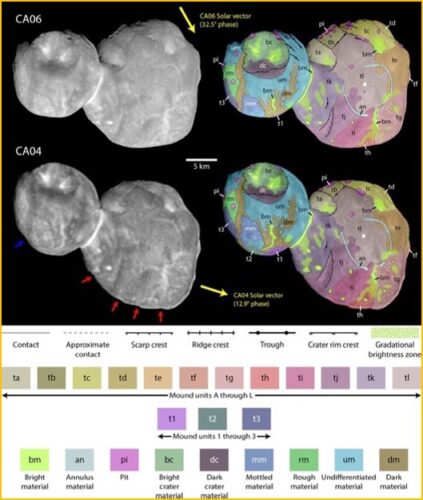
An analysis of samples from asteroid Ryugu offers insights into its space environment
An article published in the journal “Nature Communications” reports the results of tests conducted on samples from the asteroid Ryugu brought back to Earth by the Japanese space agency JAXA’s Hayabusa 2 space probe. A team of researchers led by Professor Yuki Kimura of Hokkaido University found traces of the effects probably caused by the bombardment of micrometeorites.
In particular, the technique called electron holography made it possible to discover that the tiny grains called framboids, composed of magnetite, completely lost the magnetic properties they normally have. According to Professor Kimura, this type of study can also be useful for estimating the degradation caused by interplanetary dust on spacecraft.





